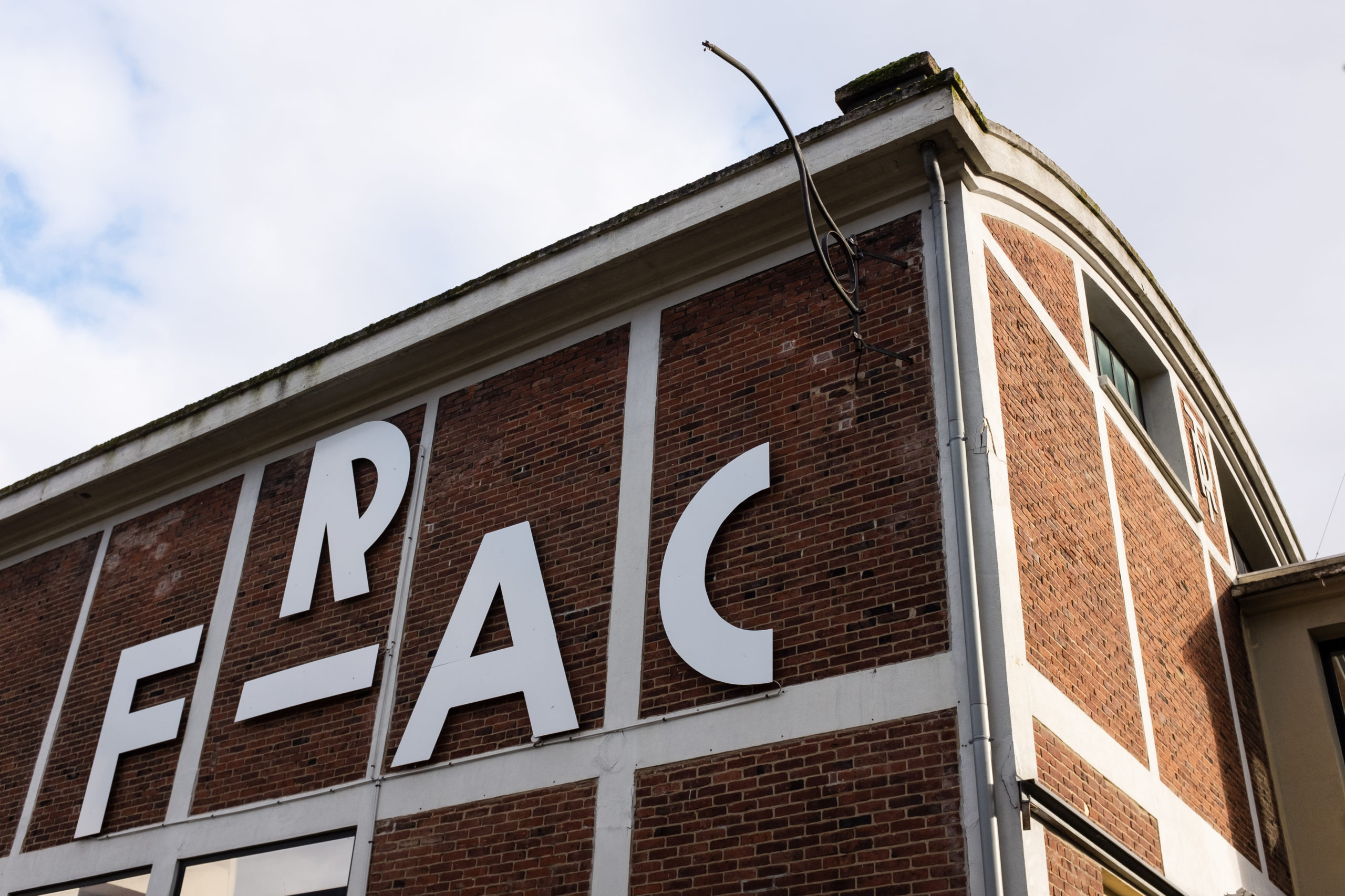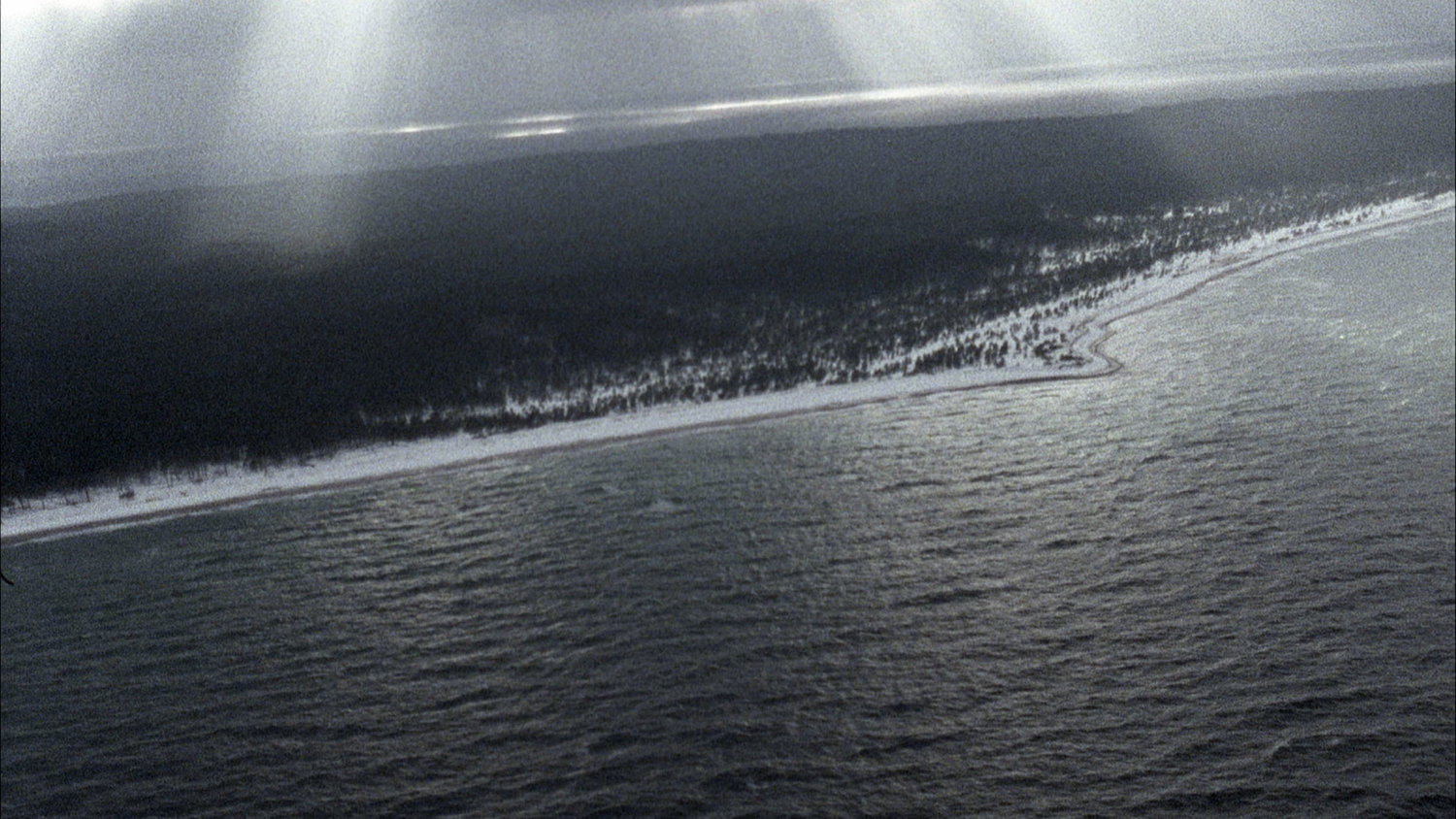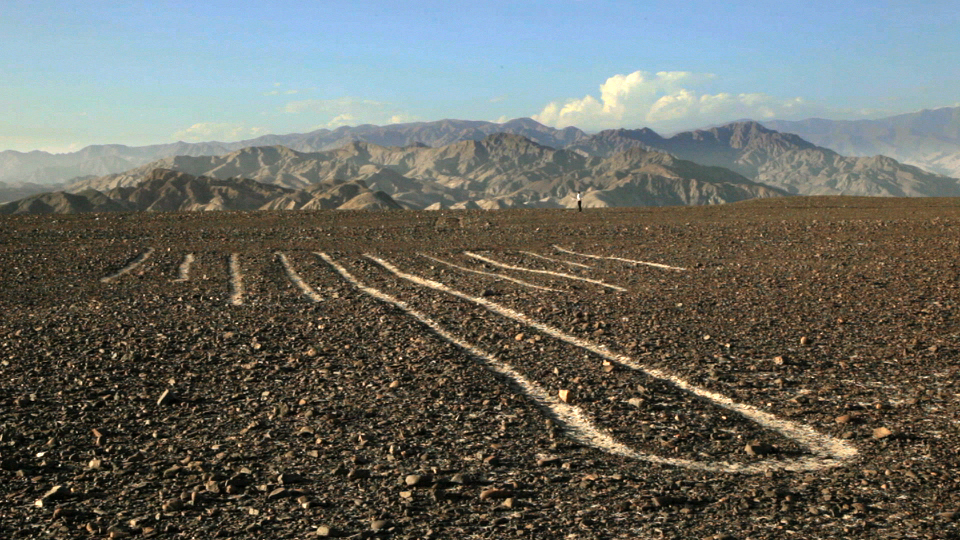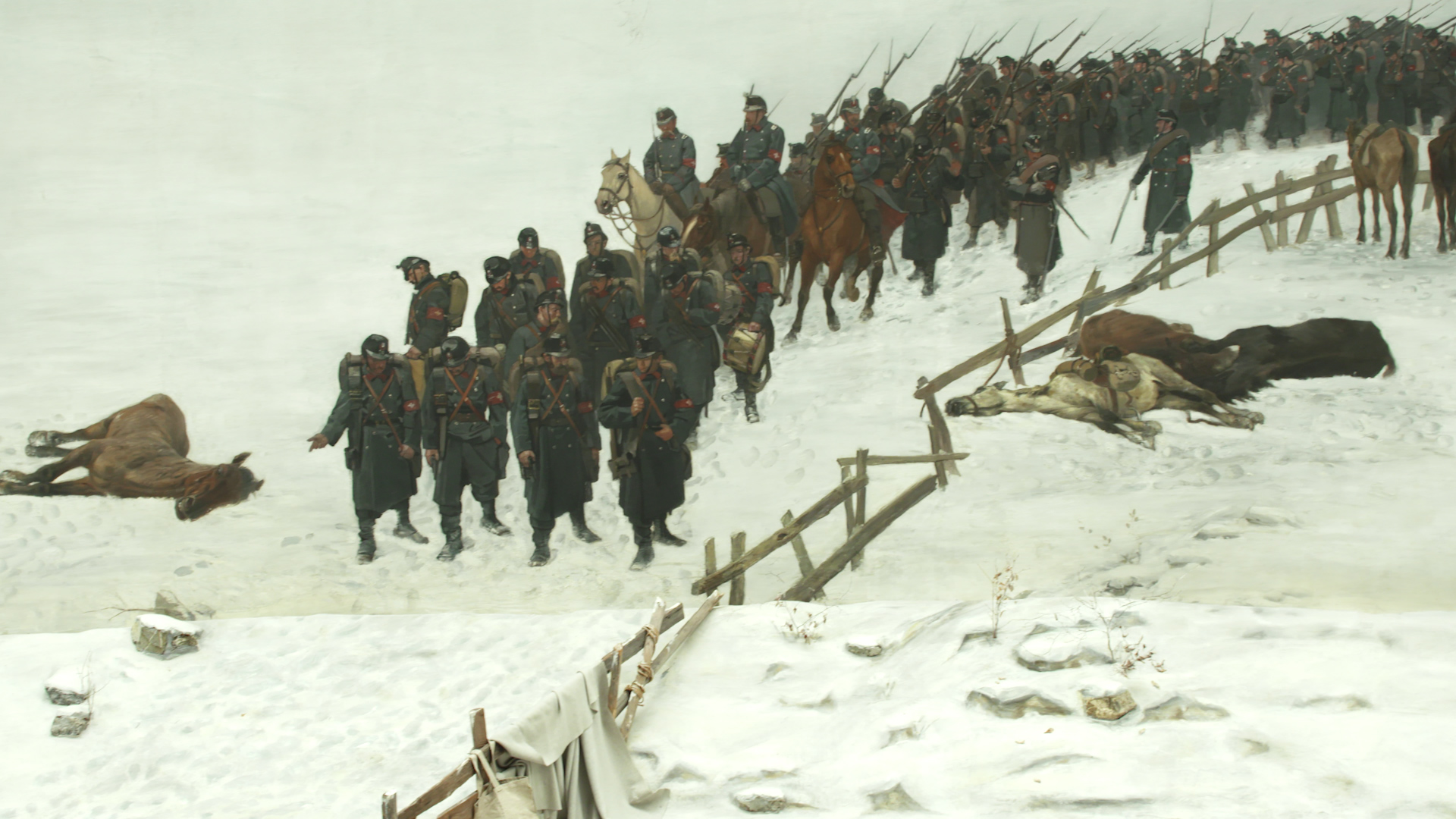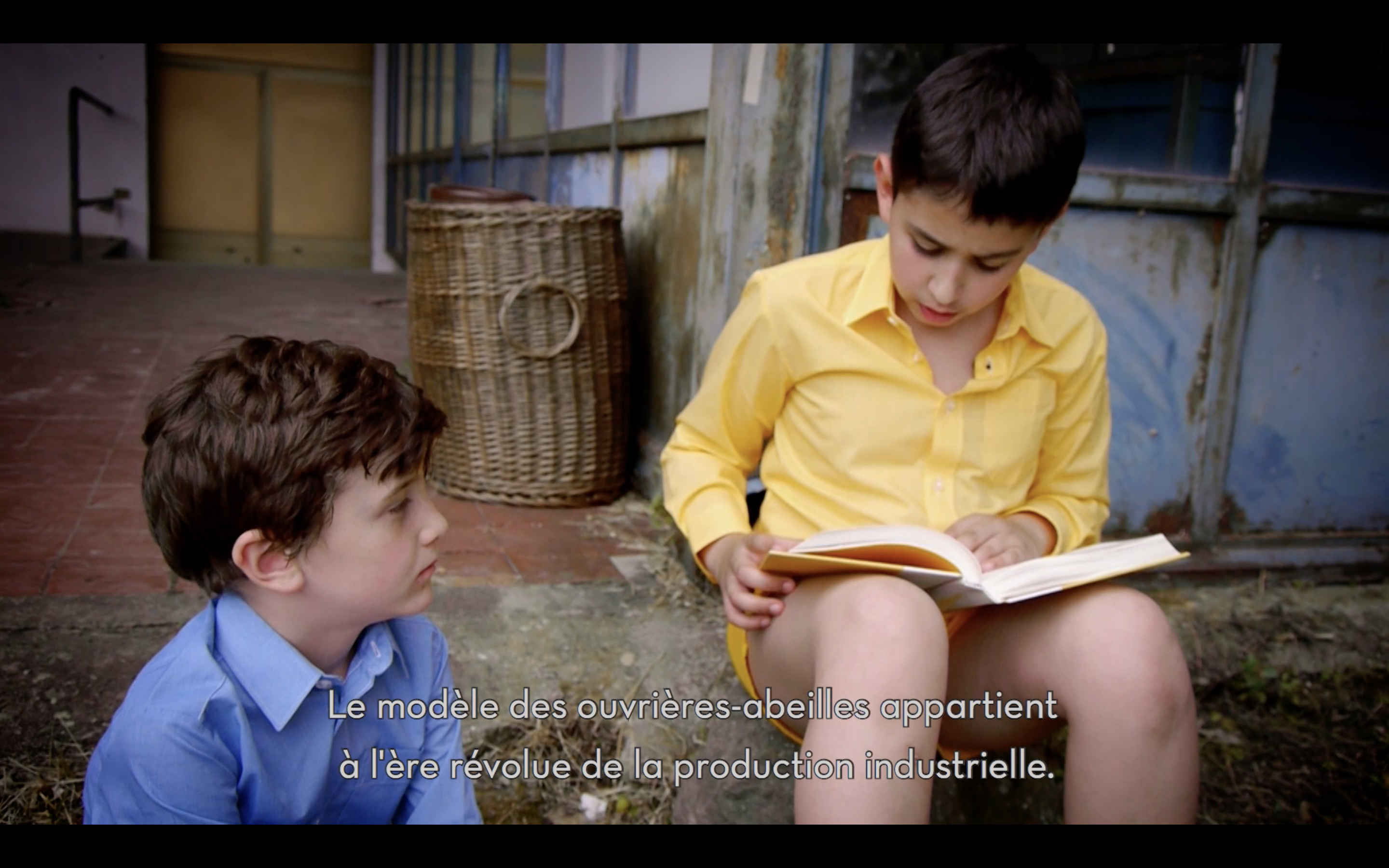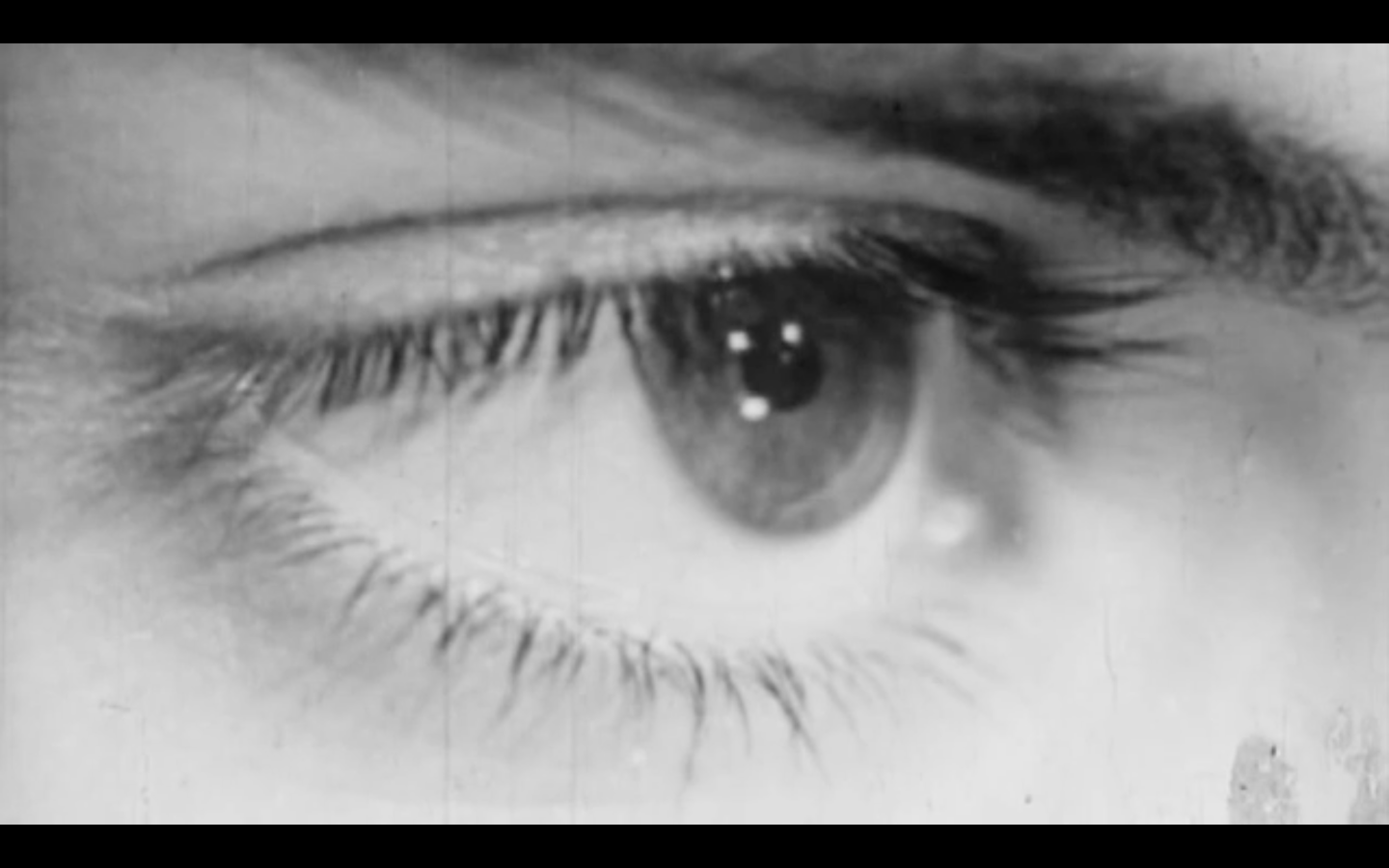FRAC FRANCHE-COMTÉ
Photographer and video artist Mohamed Bourouissa stages the suburbs. He is interested in the balance of power between the population and the authorities, and questions the mechanics of power through iconic images whose aesthetic often refers to Géricault or Caravaggio. In a critical relationship with images and the prejudices conveyed by the media, he takes as his subjects those who find themselves on the edge, between integration and exclusion. His work is part of the collection of the Frac Franche-Comté, which acquired the video ALL-IN, which he produced in 2012 as part of the Nuit Blanche, at the invitation of the Monnaie de Paris.
In this film, two seemingly incompatible worlds collide: that of capitalism, money and power as represented by France’s oldest institution, the Monnaie de Paris, and that of rap, whose origins date back to the 1970s in the American ghettos and which, after spreading around the world, remains today one of the symbols of minority discontent and protest.
ALL-IN orchestrates the unlikely meeting of these two worlds, while questioning the fabrication of image, in the sense of a mark of notoriety: that of the immutable institution and its gold, that of a rapper whose lyrics place him on the fringe and the anti-system. And so we watch as master engravers at the Monnaie de Paris factory in Pessac produce a medal bearing Booba’s likeness, based on a drawing by Mohamed Bourouissa.
Set to the soundtrack of the rapper’s autobiographical song Foetus, the film takes on the look and feel of a rap video, borrowing its codes and clichés: money, luxury items and pretty women. It ends in the sumptuous salons of the venerable institution, located on Quai Conti in the 6th arrondissement of Paris. These seem to have been the scene of a lavish reception that, if the remains are to be believed, got a little out of hand. An avalanche of coins destroyed the decor.
An ad hoc alliance between the institution and one of the figures of the urban counter-culture, ALL-IN is an allegory of the « liberal anarchism » that reigns in our Western societies, where money is the vector and symbol of individual success.
It underlines the connivance and symbiotic relationship between these two worlds, which we might wrongly believe to be irreconcilable.
Born in 1978 in Blida (AL), Mohamed Bourouissa lives and works in Paris (FR). Mohamed Bourouissa describes contemporary society implicitly, by its contours. With a critical take on the mass media image, the subjects of his photographs and videos are people left behind at the crossroads of integration and exclusion. Preceded by a long immersion phase, each of Mohamed Bourouissa’s projects builds a new enunciation situation.
Source: Mohamed Bourouissa — Projects
